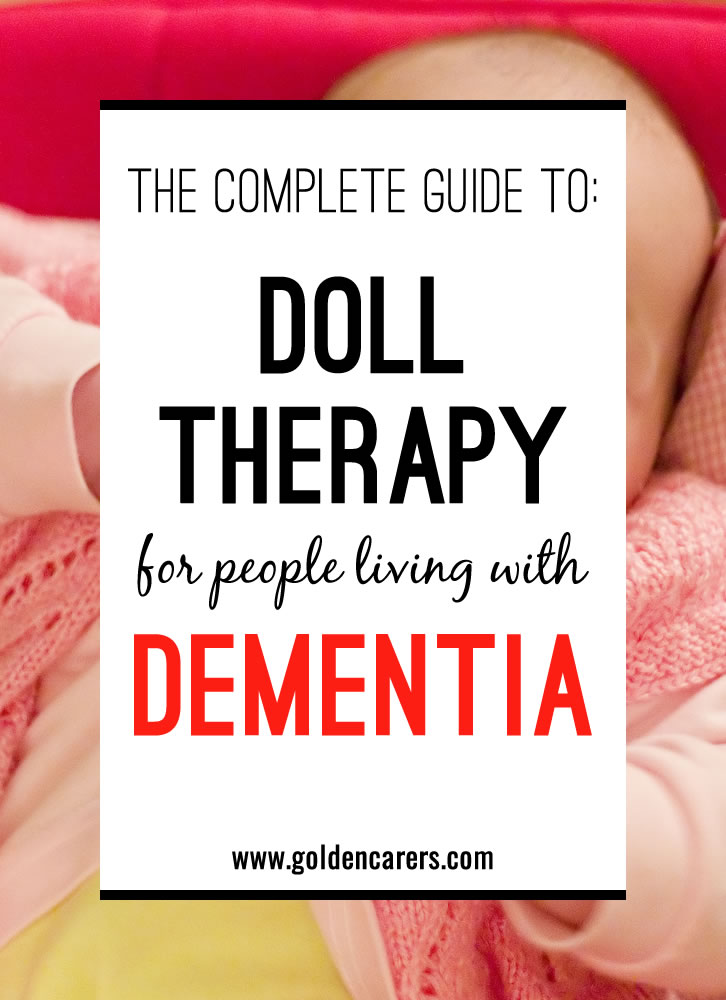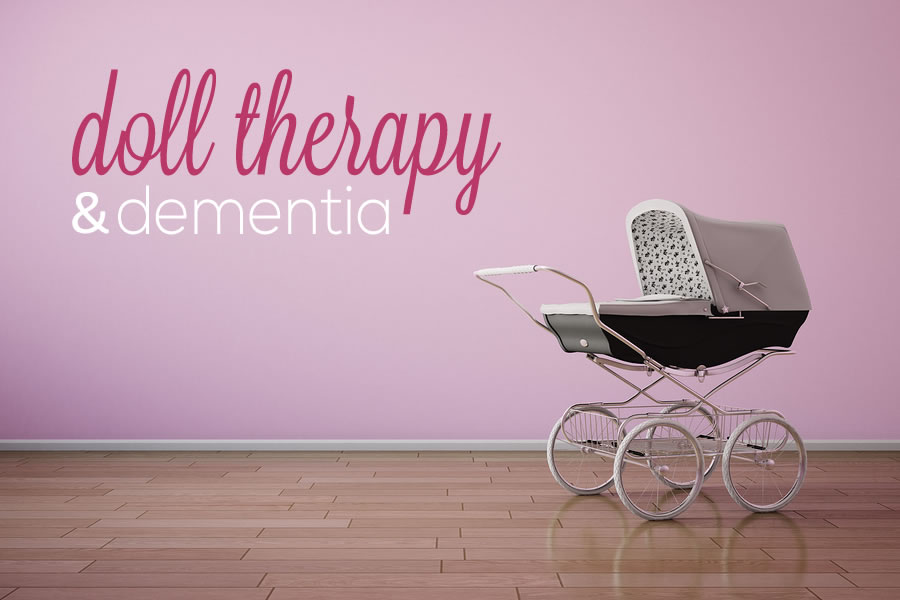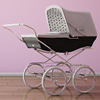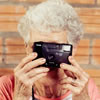
Golden Carers has 1000s of activities and resources for senior care.
Doll therapy, a non-pharmacological intervention, has gained recognition in long-term care institutions as a means to address behavioral and psychological challenges faced by people living with dementia. This therapy offers a unique approach to alleviating emotional distress and anxiety in dementia patients.
Understanding Attachment Behaviors
Attachment behaviors are instinctive; they are activated by conditions that threaten physical or emotional proximity, such as separation, insecurity, and fear.
In dementia patients, behaviors like parent fixation, wherein they search for long-deceased parents, reflect unmet attachment needs, indicating insecurity and a longing for safety.
Doll therapy emerges as a potential way to fulfill these attachment needs, although conclusive research data is still evolving, backed by promising anecdotal and empirical studies.
Doll Therapy as a Therapeutic Intervention
Doll therapy, viewed as a form of child representation therapy or nurture therapy, is akin to various non-pharmacological interventions like music therapy, aromatherapy, and art therapy.
As the prevalence of dementia rises, there is growing interest in non-pharmacological alternatives like doll therapy, driven by concerns regarding the effectiveness and side effects of pharmacological treatments in managing challenging dementia-related behaviors.
Controversy and Misconceptions
The introduction of doll therapy has not been without controversy, facing strong resistance from some healthcare professionals and staff.
Concerns stem from a lack of clinical guidelines and misconceptions about doll therapy being demeaning or infantilizing. Critics of the practice argue that:
- Evidence of benefits primarily relies on anecdotal accounts.
- Staff validating the doll as 'real' is considered inappropriate.
- Treating old age as a second childhood through doll therapy is viewed as patronizing.
- Encouraging older adults to engage with dolls raises concerns about a breach of trust.
Benefits of Doll Therapy
For advocates of doll therapy, the empirical evidence supporting its use from research conducted in various countries is compelling. These benefits include:
- Improved social behavior.
- Reduced dependency on medication.
- Diminished levels of agitation, aggression, and wandering.
- Maintaining functional abilities, including dressing, hugging, rocking, dancing, and singing.
- Assistance in expressing other unmet needs
A growing number of care facilities are adopting doll therapy as an effective intervention for people with dementia, further highlighting its growing recognition and acceptance.
Related:
Getting Started with Doll Therapy
Before implementing a doll therapy program, it is crucial to allocate time and resources to the following essential steps:
- Staff Training: Ensure that staff members receive proper training on how to effectively implement doll therapy.
- Family Education: Inform and educate relatives about the valuable benefits of doll therapy for their loved ones with dementia.
- Lifelike Dolls: Acquire dolls that closely resemble real infants, prioritizing their lifelike appearance.
- Doll Accessories: Provide baby clothes, shoes, hats, and cribs to enhance the realism and engagement of the therapy.
Selecting Candidates for Doll Therapy
Doll therapy is not for everyone and candidates should be carefully chosen. People who may benefit from doll therapy include those with Alzheimer’s Disease, and while more women tend to embrace doll nurturing, some men can also benefit.
Promote resident independence and choice by letting residents discover the doll themselves rather than giving it to them. Leave it in a cot or lying on a table where it will be easily found, giving them the freedom to decide how they engage in this therapeutic activity.

How to Practice Doll Therapy
While standardized guidelines are yet to be established, some general principles can guide doll therapy implementation:
- If a resident perceives the doll as real, staff should not correct them to maintain consistency.
- Dolls should not be shared due to potential ownership conflicts and infection control concerns.
- Monitor residents for signs of fatigue while caring for their dolls.
- If the doll has a name, use it and treat it in a manner consistent with the resident's perception.
- Avoid using dolls as tools for rewards or punishment.
The Effectiveness of Doll Therapy
Doll therapy can be considered a viable therapeutic intervention when it leads to:
- Serene emotional engagement with the doll
- Improved interactions with peers and staff
- Enhanced communication
- Reduced aggressive behaviors
- Increased sense of well-being
- Reduced agitation
- Diminished anxiety, and a corresponding decrease in medication usage.
Related:
My Experience with Doll Therapy
Drawing from my experience in a long career in senior care, I have observed the positive impact of doll therapy on many occasions. I have seen it bring feelings of contentment and comfort to residents while enhancing their social interactions with our staff.
Doll Therapy provides people living with dementia the opportunity to nurture and satisfy an emotional need that wouldn’t be fulfilled otherwise.
Related: 15 Activities for Late-Stage Alzheimer's Disease
We'd love to hear your feedback.
What has been your experience with doll therapy?
Related Activities
Comments Post a Comment


 19th Oct 2021
Activity Director
19th Oct 2021
Activity Director
Thank you for your input and suggestion


 20th Feb 2020
Activity Director
20th Feb 2020
Activity Director
This comment may help you
https://www.goldencarers.com/comments/3027/
I would think about getting multiple baby dolls if they are of interest to your residents which it seems to be that they are
Just like with real babies they need to rest so this can be a way for you to have the residents put them away
You could say that you have to practice something now which may be what they need to do
Just like with other items that are popular you need to explain to them about taking turns
Maybe you can set a clock and say OK now it’s somebody else’s turn on now it’s time to do it with something else

 16th Oct 2018
Home Typist/carer
16th Oct 2018
Home Typist/carer
 21st Oct 2018
21st Oct 2018
 31st Jul 2018
OTA
31st Jul 2018
OTA
 5th Aug 2018
5th Aug 2018
 10th Dec 2017
10th Dec 2017
Cheers!
https://www.facebook.com/blessedmomentsnursery
I'd suggest a black-skin baby as well, even if your patients are all Caucasian. Some Caucasian mothers have long loved little African children. Multiple races of babies should be there.
So very glad this is growing in practice! It fits in nicely in the games and toys in dementia units.
Thank you for your sharing.
Social greetings
Ana granja
 15th Mar 2017
Diversional Therapist
15th Mar 2017
Diversional Therapist
 20th Feb 2017
Diversional Therapist
20th Feb 2017
Diversional Therapist
 1st Nov 2016
Diversional Therapist
1st Nov 2016
Diversional Therapist
 4th Aug 2016
Lifestyle Assistant
4th Aug 2016
Lifestyle Assistant
 23rd Jul 2016
Divisional Therapist
23rd Jul 2016
Divisional Therapist
 25th Jun 2015
Diversional Therapist
25th Jun 2015
Diversional Therapist
 2nd Jun 2015
2nd Jun 2015
 19th Feb 2020
Recreational Activities Officers
19th Feb 2020
Recreational Activities Officers
I would love some ideas on possessiveness behaviours and allowing the baby to have sleeps so that daily routines toileting ,showering, meals can be continued.
As well as the person having a break so the baby isnt held for long periods of time so the person can interact with other activities and not becoming isolated with just the baby and the person. I have seen some positive beautiful outcomes but also more behaviours from the baby not letting others near them.
Also has anyone got any documentation/forms to assist with this form of therapy apart from the normal observations of the person. Im wanting to grab hold of any info possible to share with the rest of my colleagues.
 8th Feb 2015
diversional therapist
8th Feb 2015
diversional therapist
Then i purchased life like dolls and a crib and placed the dolls all wrapped up in there and waited for a response within an hour of setting up the display a lady saw the babies and went over and she asked me if she could look after this one , she instantly called the baby Thomas and cradled him , over the period of the day her whole outlook changed and as the days went on her need for medication decreased as she no longer was banging on the doors to go home because her children needed her . Staff now see the benefits and her family are just so pleased to see her happy and content. So to wrap it up you cannot really asses someone for doll therapy they will be drawn to it if the need is there then you have to put in place a management plan so the person doesn't get overwhelmed by the caring they need some down time , e.g. meal times , rest time , bed time .I hope my story helps you decide if you will give it a try if it meets one persons needs than you have done something fantastic .
 24th Nov 2014
aged day care co-ordinator
24th Nov 2014
aged day care co-ordinator
Nurture therapy is a wonderful way to encourage caring interaction in a person, male or female.
careful observation of the individual will determine suitability, family and friends can give the staff valuable insight as to the suitability.
There are many and varied interactive "babies" to choose from.
 4th Oct 2014
Diversional Therapist
4th Oct 2014
Diversional Therapist
area I worked in. There can however be a lot of friction between
residents as they fight over whose doll it is. Best to have many
on hand. A handy tip, if you need to take the doll away from the resident
for e.g. its morning tea time, say that the doll is going to the nursery
for a sleep.
 30th Sep 2014
Lifestyle assistant
30th Sep 2014
Lifestyle assistant
 30th Sep 2014
RAO
30th Sep 2014
RAO
DMAS in Tasmania do supply lifelike dolls at a price.
cindy
 30th Sep 2014
Lifestyle + Leisure Coordinator
30th Sep 2014
Lifestyle + Leisure Coordinator
 30th Sep 2014
Diversional Therapist
30th Sep 2014
Diversional Therapist
So as always we need to monitor.
 30th Sep 2014
Recreation Therapist
30th Sep 2014
Recreation Therapist
 30th Sep 2014
Volunteer
30th Sep 2014
Volunteer
 30th Sep 2014
activity coordinator
30th Sep 2014
activity coordinator
 30th Sep 2014
Diversional therapy team leader
30th Sep 2014
Diversional therapy team leader

 29th Sep 2014
Lifestyle Coordinator/ DT
29th Sep 2014
Lifestyle Coordinator/ DT


 Bunco Dice Game for Seniors
Bunco Dice Game for Seniors
 How Technology is Improving Senior Care
How Technology is Improving Senior Care
 How to Create a Communication Corner to Boost Engagement
How to Create a Communication Corner to Boost Engagement
 8 Blends & Remedies: Massage with Essential Oils for the Elderly
8 Blends & Remedies: Massage with Essential Oils for the Elderly



 Ireland
Ireland
Behavior can definitely be an issue
I like the term expression also